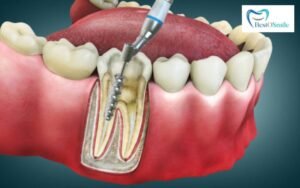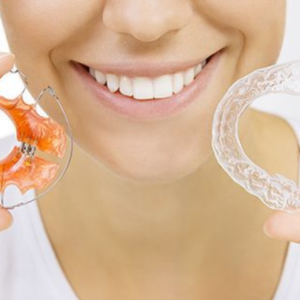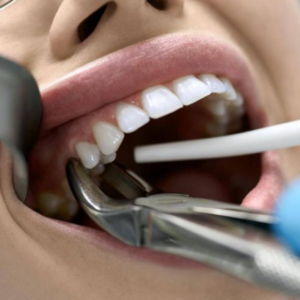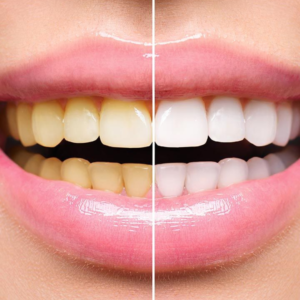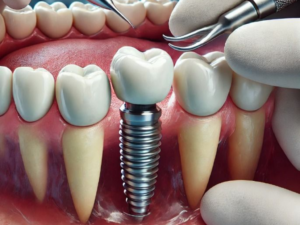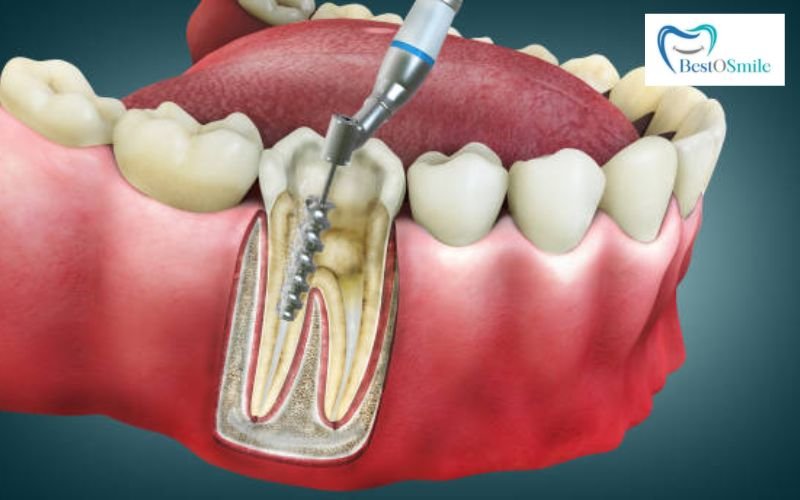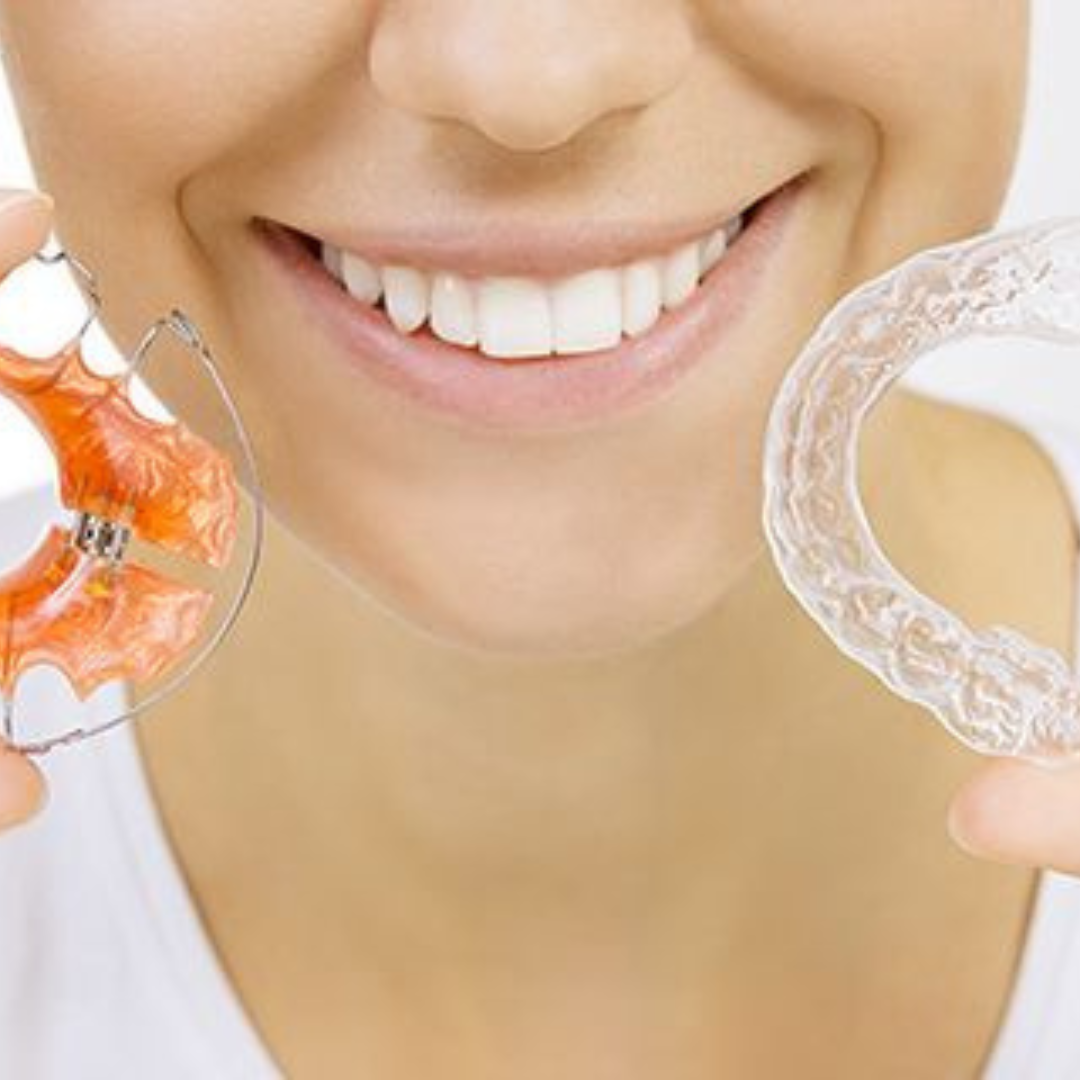A bright, white smile is often considered a symbol of health, beauty, and confidence. Over the years, teeth whitening has become a popular cosmetic dental procedure sought by many individuals looking to enhance their appearance. However, with numerous teeth whitening options available today, it can be challenging to determine the most effective and safest approach for your dental health. In this article, we will discuss everything you need to know about teeth whitening, including the causes of tooth discoloration, whitening methods, their benefits and risks, and how to maintain your new, radiant smile.
What Causes Tooth Discoloration?
To better understand teeth whitening, it’s essential to first grasp the causes of tooth discoloration. Tooth discoloration can be categorized into two types:
- Extrinsic Staining: This occurs on the surface of the teeth and is typically caused by lifestyle factors, such as:
- Consuming staining foods and beverages (coffee, tea, red wine, and berries).
- Smoking or tobacco use.
- Improper oral hygiene that leads to plaque buildup.
- Regular use of certain medications.
- Intrinsic Staining: This happens when the discoloration occurs beneath the surface of the tooth. It can be caused by factors such as:
- Aging.
- Excessive fluoride consumption during childhood.
- Trauma or injury to the teeth.
- Genetics.
Different Teeth Whitening Methods
Several methods are available to help you achieve a brighter, whiter smile. Here are some of the most popular teeth whitening options:
- In-Office Professional Whitening
In-office whitening is the most effective and safest method, offering immediate results. Performed by a dentist, this procedure typically involves the application of a powerful bleaching agent, activated by light or laser. While the procedure is faster than others, it requires professional supervision to prevent gum irritation and over-bleaching.
- Benefits:
- Quick results in a single appointment.
- Professional supervision ensures safety and effectiveness.
- Ideal for: Those looking for immediate and noticeable results.
- At-Home Professional Whitening Kits
At-home whitening kits, often prescribed by dentists, allow individuals to whiten their teeth from the comfort of their home. These kits typically include custom-made trays and a bleaching agent. The process takes a few weeks, and while the results are gradual, they can still be quite effective.
- Benefits:
- Convenience of whitening at home.
- Professional-grade products that are more effective than over-the-counter options.
- Ideal for: Individuals who prefer gradual results and want a more cost-effective solution.
- Over-the-Counter Whitening Products
There are various over-the-counter products available in drugstores, such as whitening strips, toothpaste, and gels. These products usually contain less potent bleaching agents compared to professional treatments. While they may offer subtle improvements, they typically do not provide the same level of results as in-office treatments.
- Benefits:
- Easy to access and use.
- Affordable and convenient.
- Ideal for: Those looking for a budget-friendly solution or minor touch-ups.
- Natural Teeth Whitening Remedies
Some individuals prefer natural or DIY teeth whitening methods, such as using baking soda, activated charcoal, or coconut oil. While these methods may provide slight improvements, they are not as effective as professionally administered treatments and may sometimes cause tooth sensitivity.
- Benefits:
- Cost-effective and natural alternatives.
- Often involves ingredients already available at home.
- Ideal for: Individuals seeking a natural, non-chemical approach to whitening.
Factors to Consider Before Whitening Your Teeth
Before choosing a teeth whitening method, it’s important to consider a few key factors:
- Tooth Sensitivity: Some individuals may experience increased tooth sensitivity during or after whitening. If you have sensitive teeth, consult your dentist to choose the right whitening treatment that minimizes discomfort.
- Existing Dental Work: Whitening treatments typically do not work on dental restorations such as crowns, fillings, or veneers. If you have these, it’s essential to speak with your dentist about how whitening may affect your overall smile.
- Healthier Teeth: Whitening treatments are most effective on healthy teeth. If you have untreated cavities, gum disease, or other dental issues, it’s essential to address these before undergoing whitening.
How Long Do Teeth Whitening Results Last?
The longevity of your teeth whitening results depends on several factors, including your lifestyle, oral hygiene habits, and the method used. On average, professional whitening results can last between one to three years. However, to maintain your bright smile, it’s important to:
- Brush and floss regularly to remove plaque and surface stains.
- Avoid or limit stain-causing foods and beverages, such as coffee, tea, and red wine.
- Visit your dentist regularly for professional cleanings and maintenance treatments.
- Touch up your whitening using over-the-counter products or prescribed at-home kits.
The Risks and Side Effects of Teeth Whitening
While teeth whitening is generally safe, there are some potential risks and side effects associated with the procedure, including:
- Tooth Sensitivity: As mentioned earlier, tooth sensitivity is a common side effect, especially with stronger whitening products. This sensitivity typically subsides once the treatment ends.
- Gum Irritation: The whitening agents can sometimes cause irritation if they come into contact with the gums.
- Uneven Results: Whitening may not provide even results if you have existing dental work or if your teeth are irregularly shaped.
Maintaining Your Whiter Smile
To maintain the results of your whitening treatment, consider these tips:
- Practice good oral hygiene by brushing and flossing regularly.
- Limit your consumption of stain-causing foods and drinks (e.g., coffee, soda, tobacco).
- Stay hydrated by drinking plenty of water throughout the day, which helps reduce staining.
- Get regular dental cleanings to ensure your teeth stay healthy and bright.
Conclusion
Teeth whitening is an effective way to enhance the appearance of your smile and boost your confidence. With a variety of methods available, it’s important to choose the one that suits your needs, budget, and dental health. Professional treatments like in-office whitening and at-home kits are ideal for those seeking quick and noticeable results. If you prefer a more natural approach, consider the benefits and risks of DIY whitening remedies. Remember to consult with your dentist to ensure that whitening is appropriate for you and to maintain your brighter smile for years to come.


